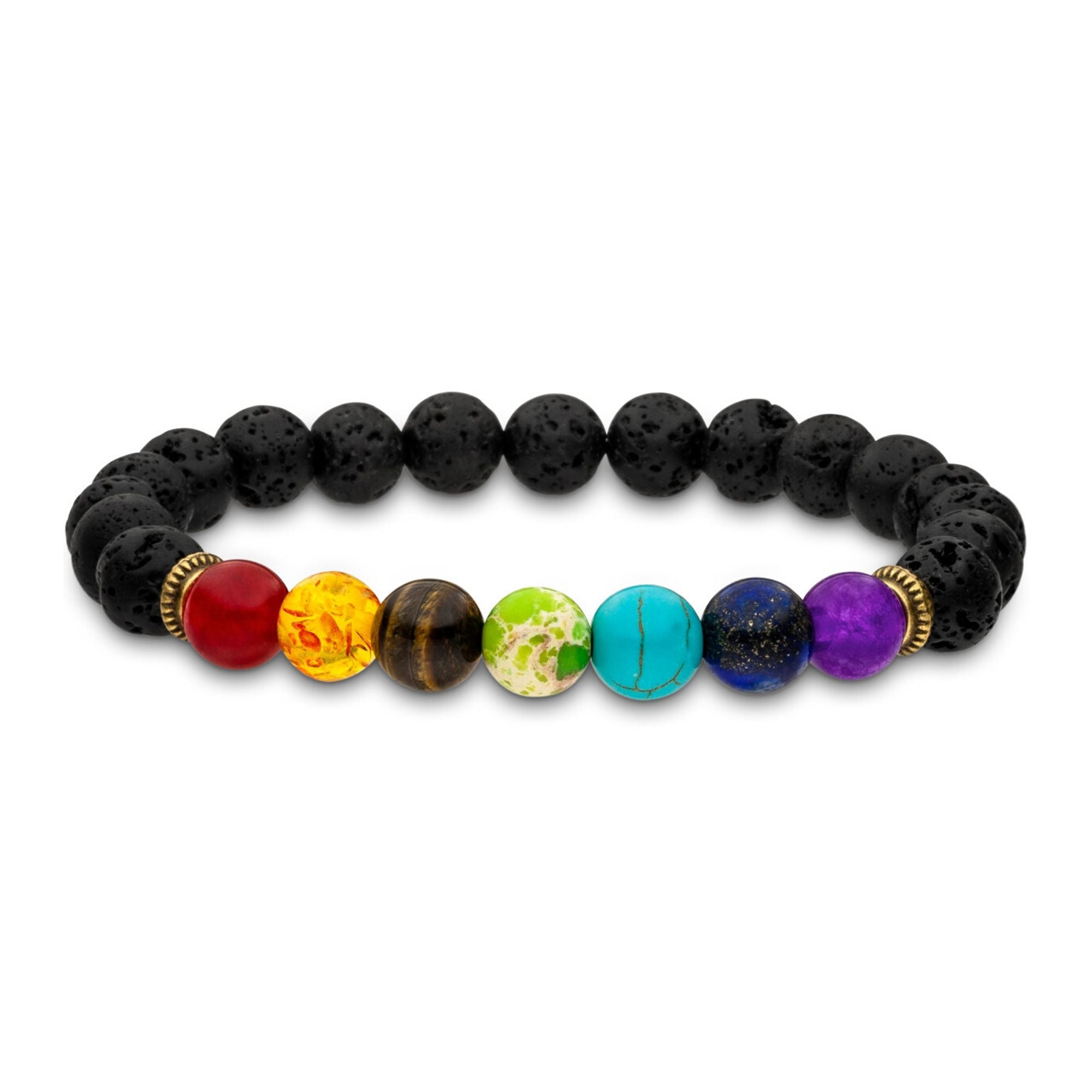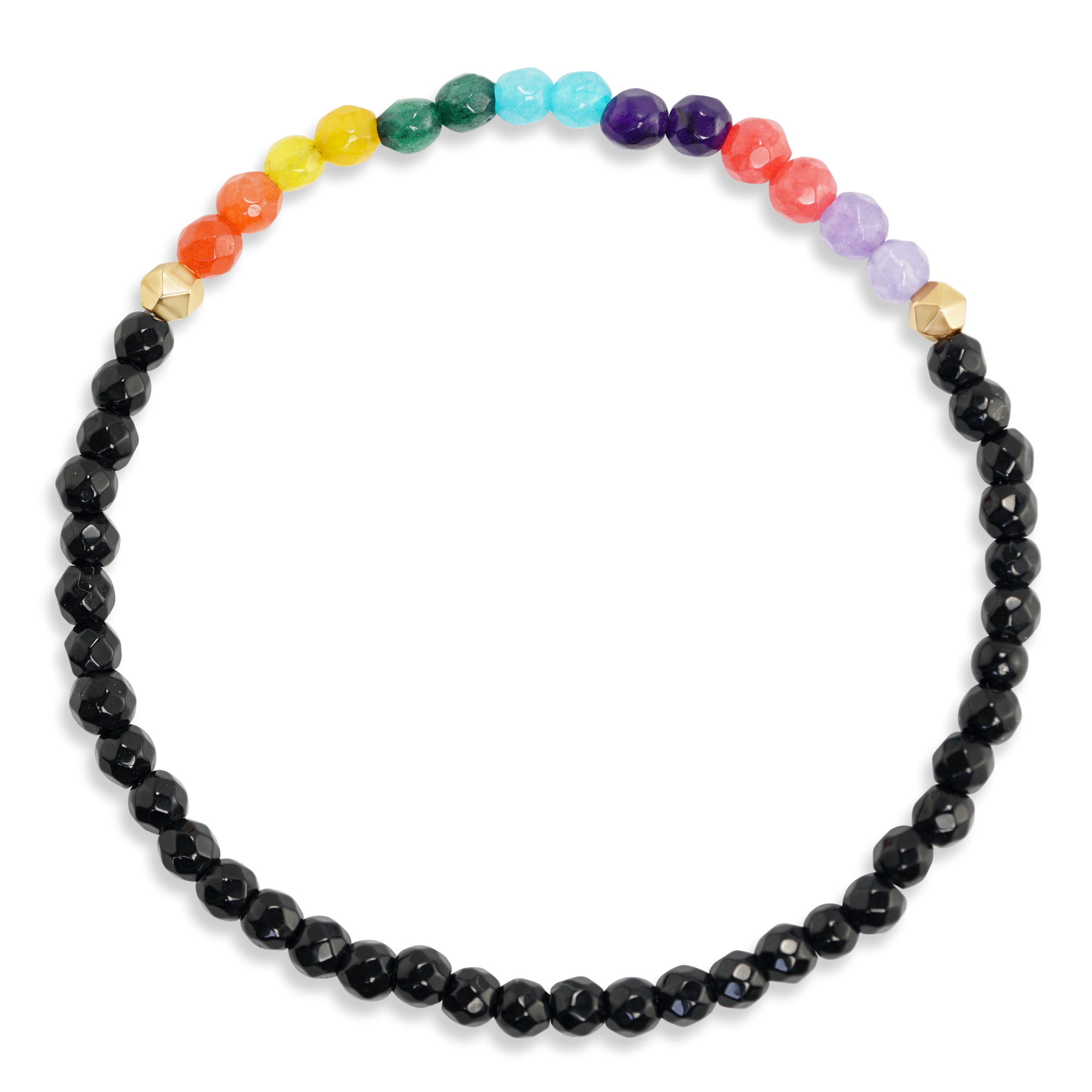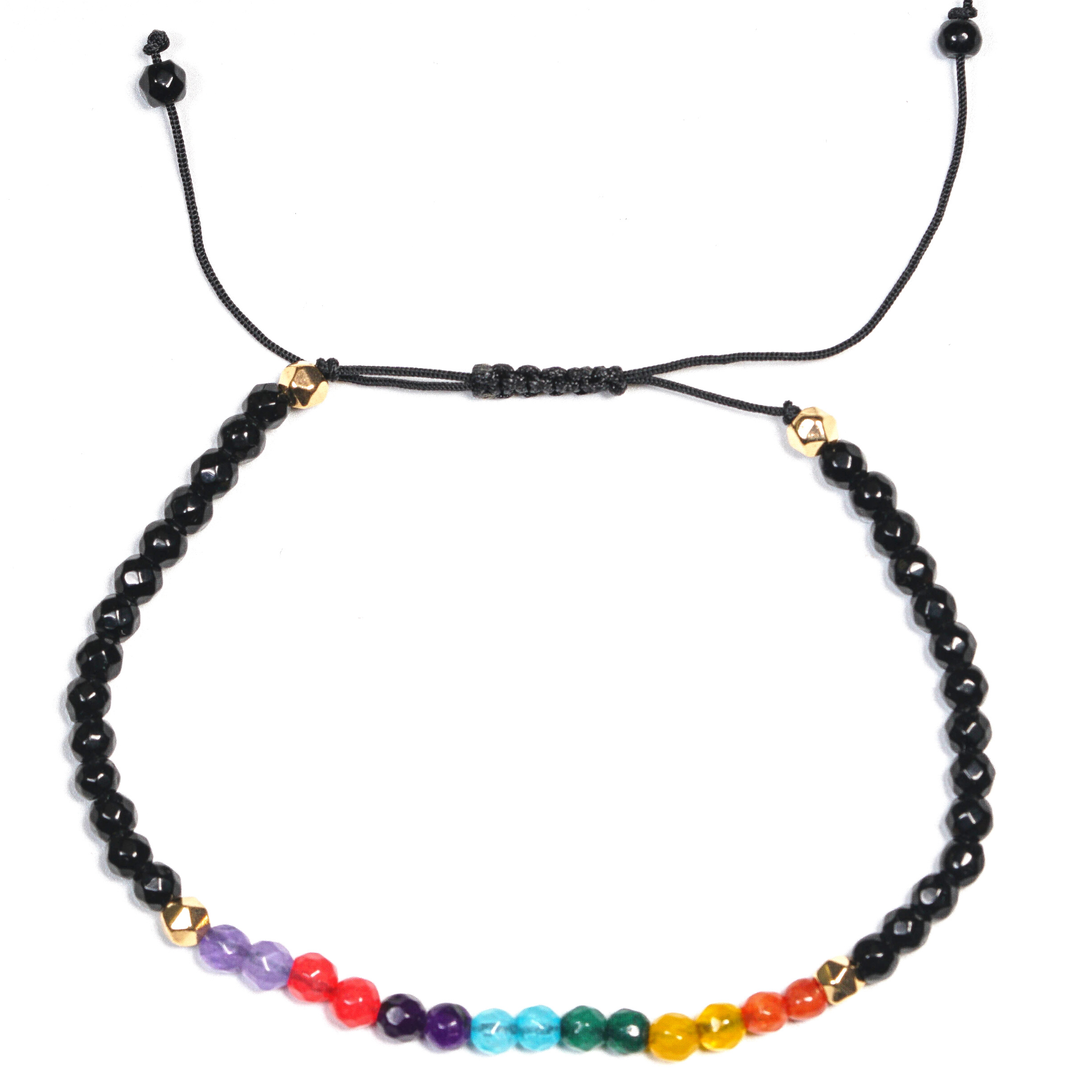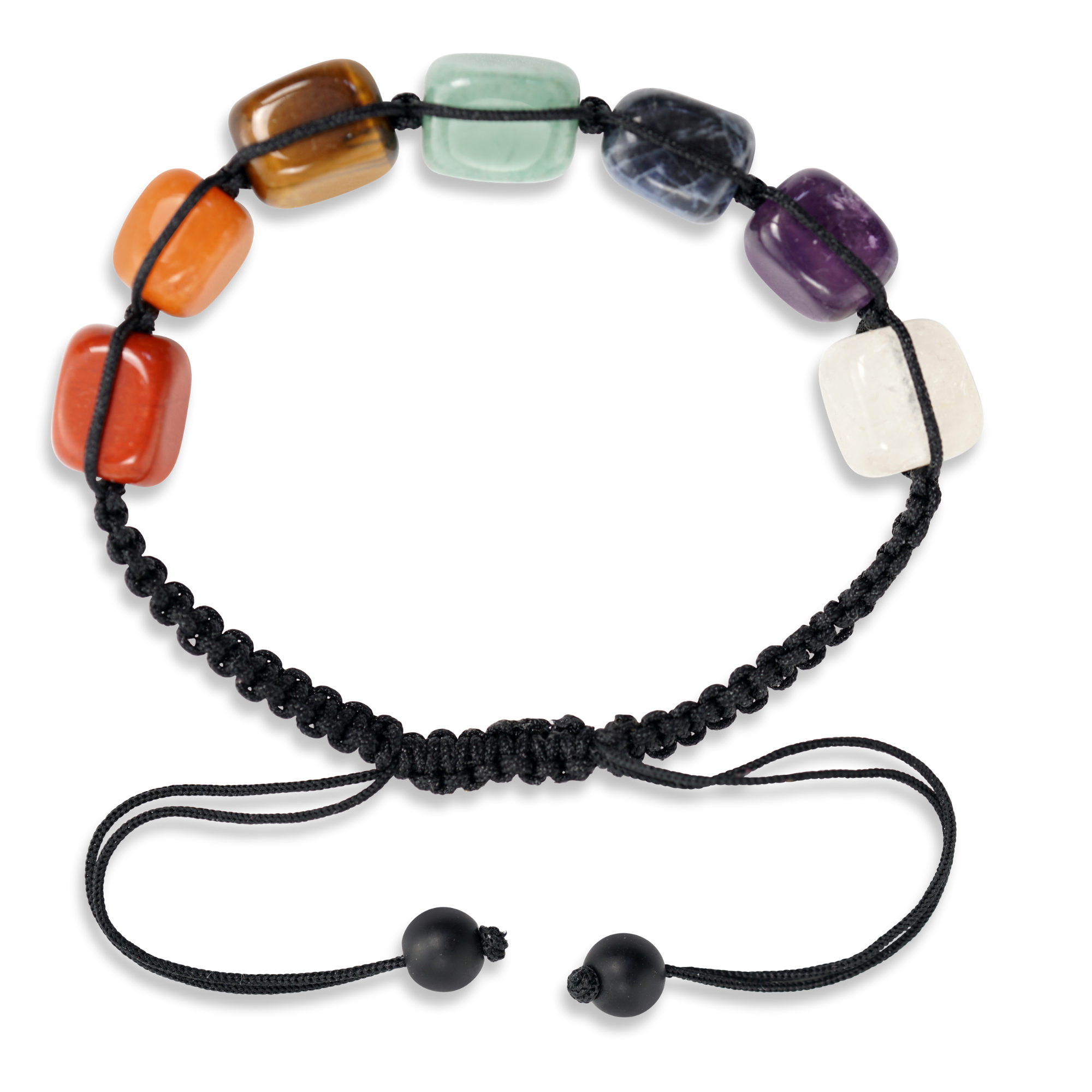
15% Off for your first Order
Additional text for subscribe form.

Amethyst is a purple variety of quartz (SiO2) and owes its violet color to irradiation, impurities of iron (Fe3+) and in some cases other transition metals, and the presence of other trace elements, which result in complex crystal lattice substitutions. The irradiation causes the iron Fe3+ ions that replace Si in the lattice to lose an electron and form a [FeO4]0 color center. Amethyst is a three-dimensional network of tetrahedra where the silicon atoms are in the center and are surrounded by four oxygen atoms located at the vertices of a tetrahedron. This structure is quite rigid and results in quartz's hardness and resistance to weathering. The hardness of the mineral is the same as quartz, thus making it suitable for use in jewelry.
Dummy Text
Dummy Text
Dummy Text
Dummy Text

€19,00

€29,00

€15,00

€29,00

€29,00

€39,00

€34,90

€39,00